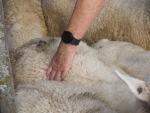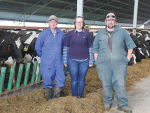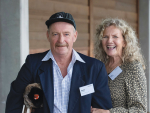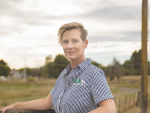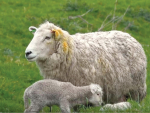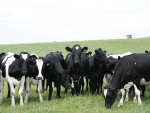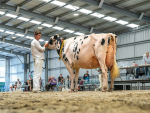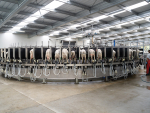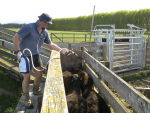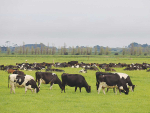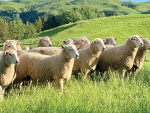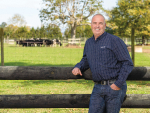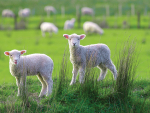
Lambs that have had a tough start to life are obvious at docking/tailing as scrawny little critters with a potty tummy and no fat on their backs - hence the term 'poddy'. Ginny Dodunski, Beef + Lamb NZ Wormwise programme manager, outlines the best way to deal with these lambs so they can perform to their full potential.
If growing more feed at home adds up to $428 profit per tonne of dry matter to your bottom line, wouldn’t it be good to have a ryegrass that gets you there quicker?
This is the third in a series of articles from Beef + Lamb New Zealand's Informing New Zealand Beef programme. The seven-year INZB partnership, supported by Beef+Lamb New Zealand and the Ministry for Primary Industries' Sustainable Food and Fibre Futures fund, aims to boost the sector's profits by $460m.
Lameness takes toll on cows and farm performance. A lame cow produces less milk, loses condition and takes longer to cycle. The good news? Catching it early and treating it promptly gives her the best shot at a quick, full recovery — and helps keep your herd’s productivity on track.
Beef + Lamb New Zealand (B+LNZ) is calling on farmers from all regions to take part in the final season of the Sheep Poo Study aiming to build a clearer picture of how facial eczema (FE) affects farms across New Zealand.
The first calves of a new crossbred dairy-beef offering are now on the ground at a Pamu (Landcorp) farm near Taupo.
New Zealand is closer to eradicating bovine TB than ever before, but possums remain a threat, says Beef + Lamb New Zealand.
An early adopter of a 10-in-7 variable milking regime, the Lincoln University Demonstration Dairy Farm (LUDF) is tweaking the system this season in search of further boosting farm performance and profitability.
The inaugural intake of the Holstein Innovation programme has produced its first young sire set to make an impact on the Holstein Friesian breed in New Zealand.
With spring underway, maize growers across New Zealand are preparing for planting.
Planning, feeding, a robust animal health programme and the right genetics are the critical factors in a successful heifer mating programme.
» Latest Print Issues Online
The Hound

Yes, Minister!
OPINION: The release of the Natural Environment Bill and Planning Bill to replace the Resource Management Act is a red-letter day…
Two-legged pests
OPINION: Federated Farmers has launched a new campaign, swapping ‘The Twelve Days of Christmas’ for ‘The Twelve Pests of Christmas’ to…



